|
||||||||||||||||||||||
![Home - Air Power Australia Website [Click for more ...]](APA/APA-Title-Main.png) |
||||||||||||||||||||||
![Sukhoi PAK-FA and Flanker Index Page [Click for more ...]](APA/flanker.png) |
![F-35 Joint Strike Fighter Index Page [Click for more ...]](APA/jsf.png) |
![Weapons Technology Index Page [Click for more ...]](APA/weps.png) |
![News and Media Related Material Index Page [Click for more ...]](APA/media.png) |
|||||||||||||||||||
![Surface to Air Missile Systems / Integrated Air Defence Systems Index Page [Click for more ...]](APA/sams-iads.png) |
![Ballistic Missiles and Missile Defence Page [Click for more ...]](APA/msls-bmd.png) |
![Air Power and National Military Strategy Index Page [Click for more ...]](APA/strategy.png) |
![Military Aviation Historical Topics Index Page [Click for more ...]](APA/history.png)
|
![Intelligence, Surveillance and Reconnaissance and Network Centric Warfare Index Page [Click for more ...]](APA/isr-ncw.png) |
![Information Warfare / Operations and Electronic Warfare Index Page [Click for more ...]](APA/iw.png) |
![Systems and Basic Technology Index Page [Click for more ...]](APA/technology.png) |
![Related Links Index Page [Click for more ...]](APA/links.png) |
|||||||||||||||
![Homepage of Australia's First Online Journal Covering Air Power Issues (ISSN 1832-2433) [Click for more ...]](APA/apa-analyses.png) |
||||||||||||||||||||||
| Last Updated: Mon Jan 27 11:18:09 UTC 2014 | ||||||||||||||||||||||
|
||||||||||||||||||||||
|
Cold War Air Power - Soviet Aircraft
Part B: Monino Central VVS Museum Bomber Aircraft |
Photographic Essay APA-PE-2010-1202  by Paul Cropper Text and lineart © 2010 Carlo Kopp Photographic images © 2007 - 2010 Paul Cropper |
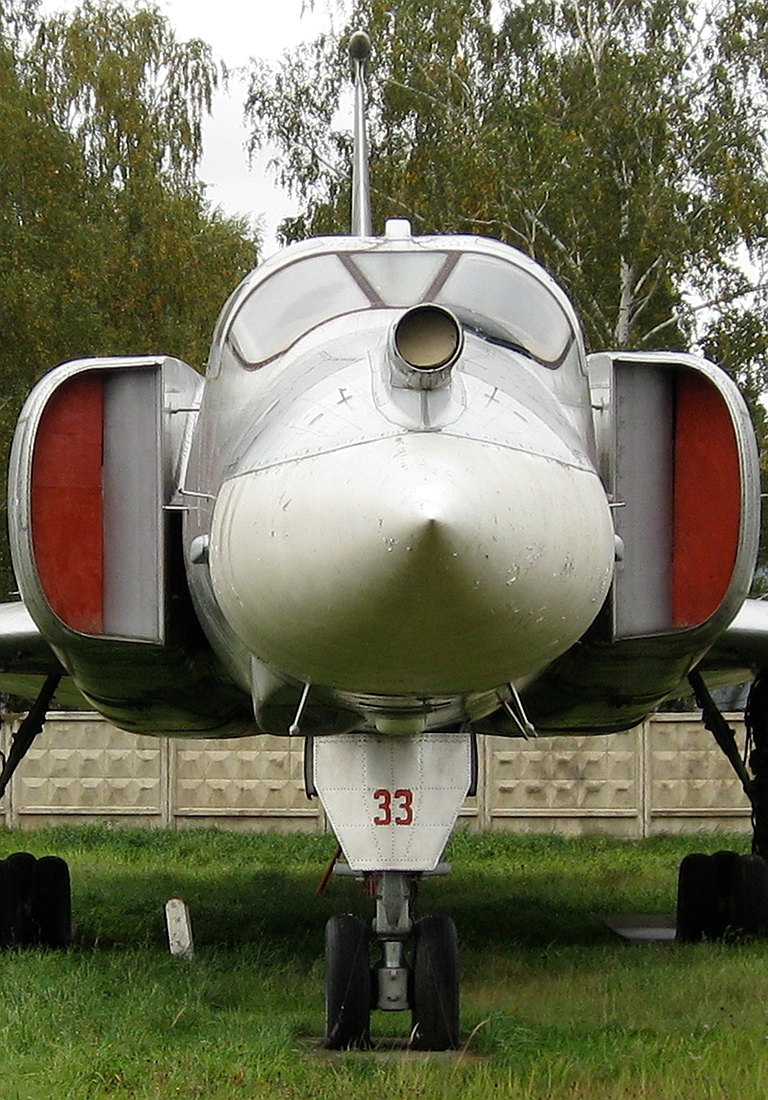 Tupolev
Tu-22M-0
Backfire
A bomber.
|
|
The Monino Central Museum of the Russian Federation Air Force is a unique treasure trove of preserved Soviet era aircraft, without peer globally. What is especially valuable about Monino, unlike most other museums which preserve production examples, is that Monino is home to numerous prototypes and demonstrators, often not well known in the West. As such it provides some unique insights into the vast development and production effort expended by the Soviet military-industrial complex during the Cold War period, intended to overwhelm Western air forces. In 2007 the author of this photoessay had the opportunity to visit Monino and collected an extensive photographic record, using a late model 8 Megapixel digital camera, which proved especially good at capturing fine detail. Notes:
|
| Soviet Bomber Aircraft |
|
Tupolev Tu-95N Bear A Mod The Tu-95N is the sole prototype of a
Bear variant developed to carry a parasitic strike aircraft, emulating
1950s USAF experiments with the B-36. The aircraft is based on the
earliest baseline Tu-95 Bear A.
 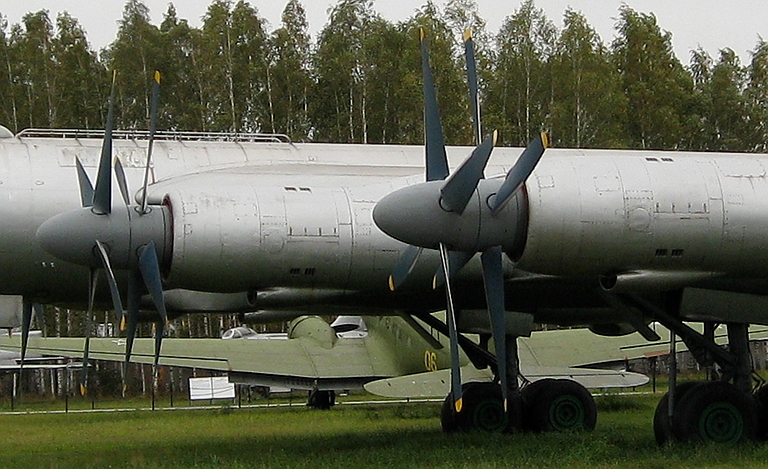 |
|
Tupolev Tu-22M-0 Backfire A The Backfire A was essentially a
developmental variant, superceded by the mass produced Tu-22M2 Backfire
B. The variant differs in many respects from the Backfire B, with
different inlets, tail fairings and numerous other design features. The
primary weapon was the formidable Kh-22 Burya / AS-4 Kitchen liquid
rocket fueled supersonic ASCM, modelled on the British Blue Steel.
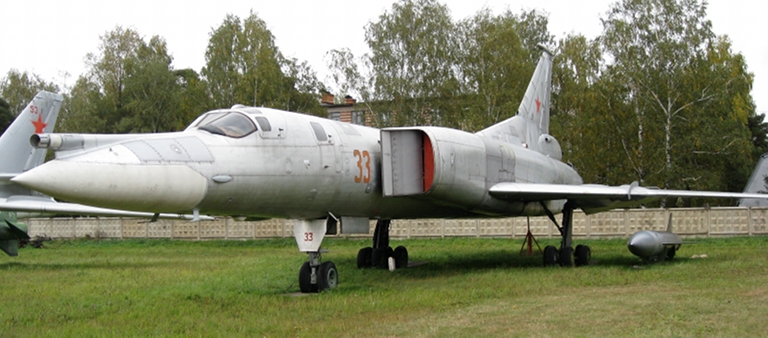 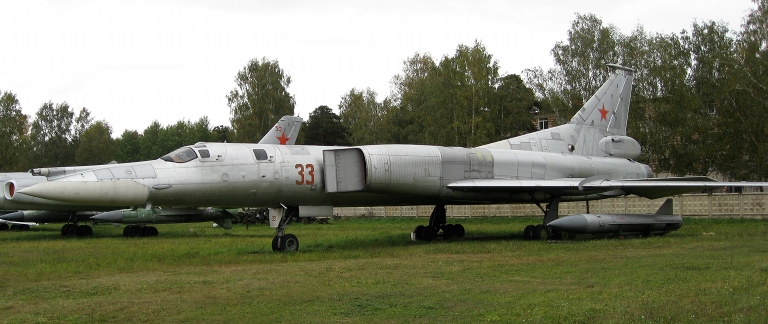 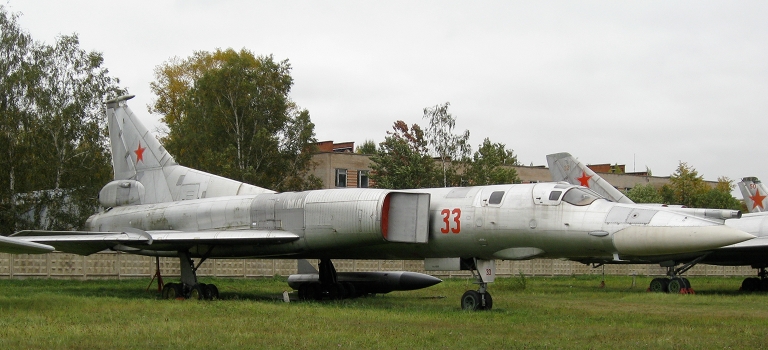 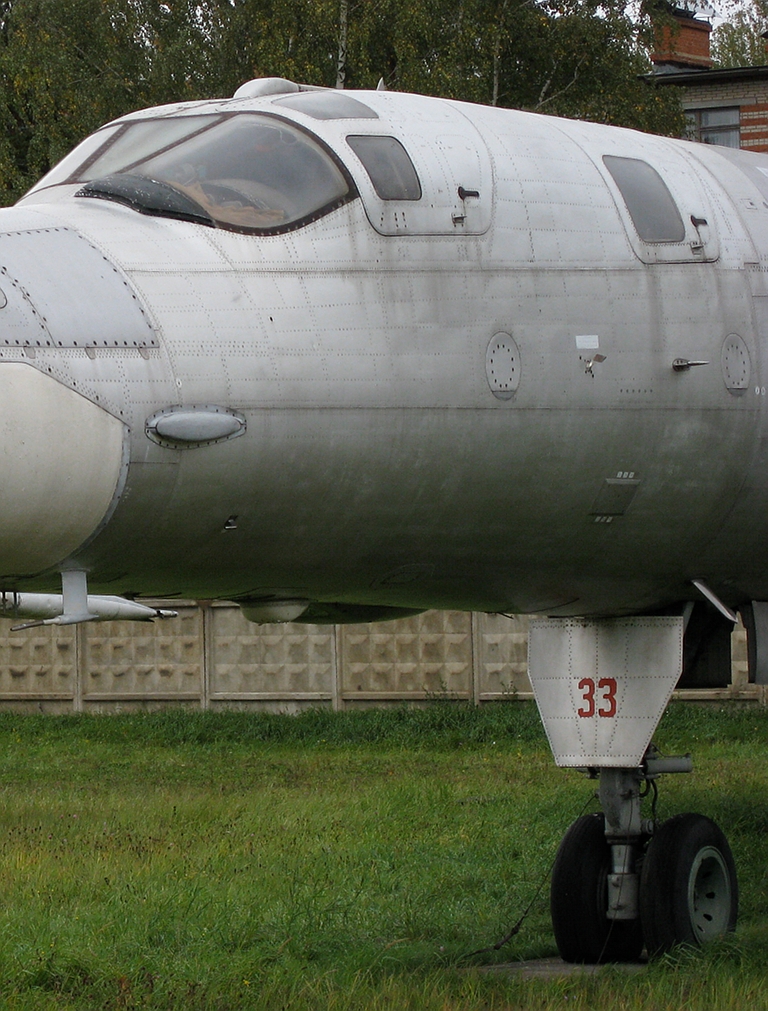 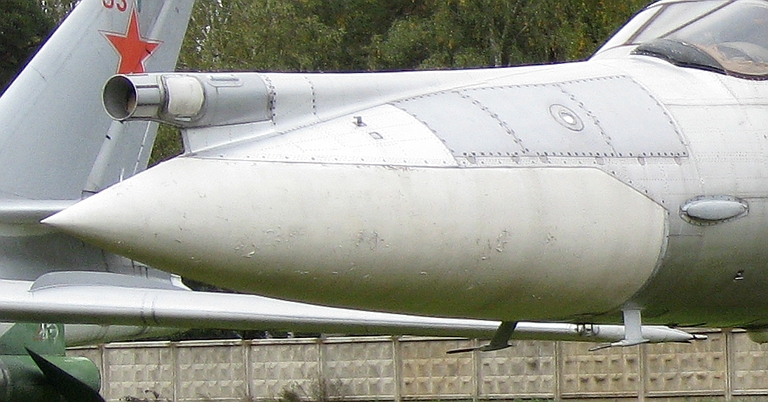 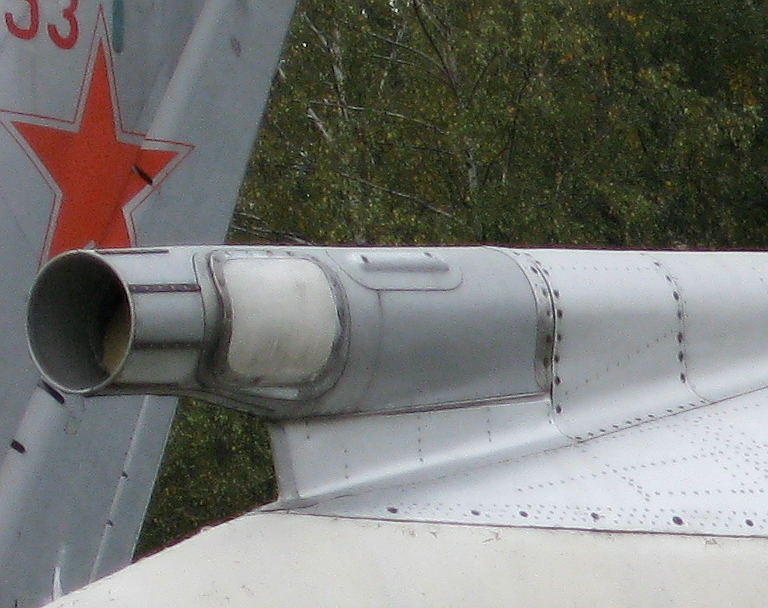 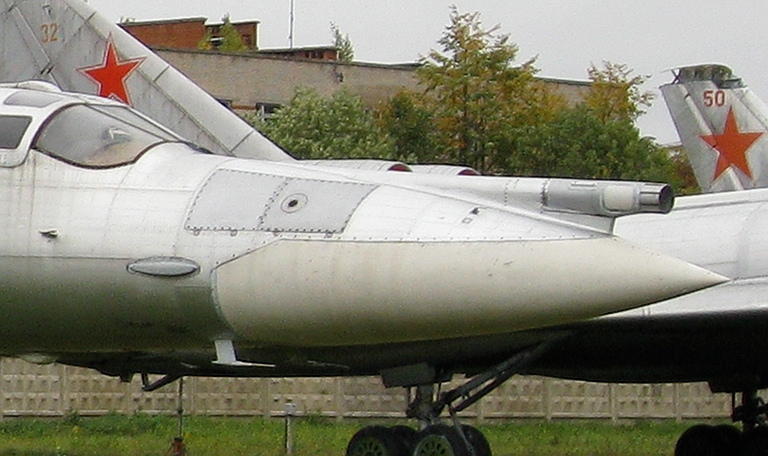 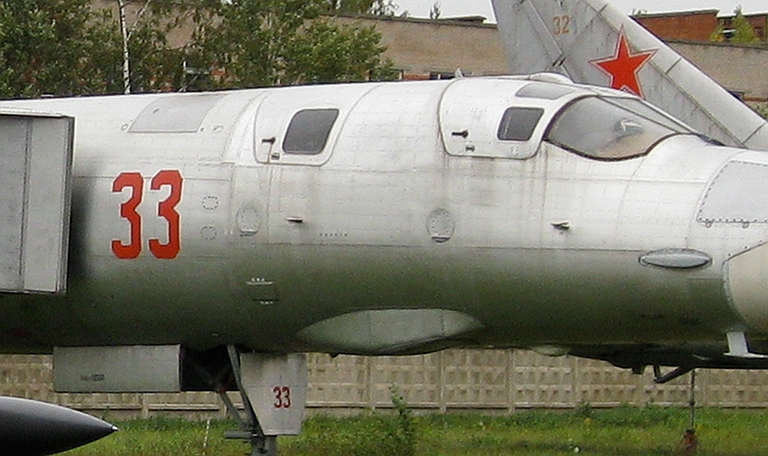 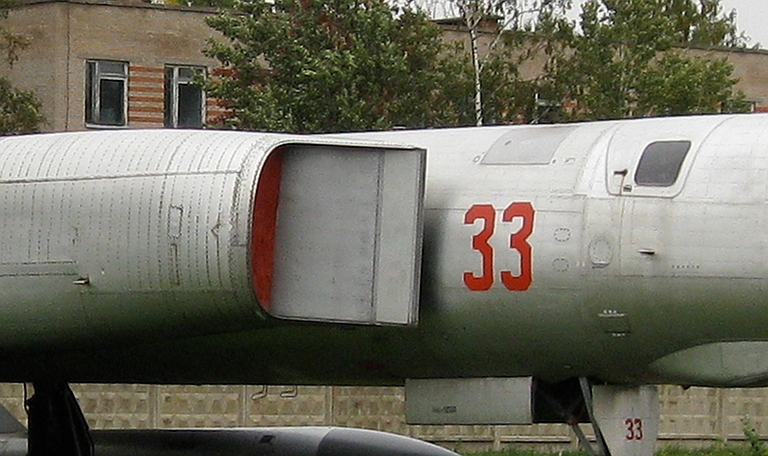 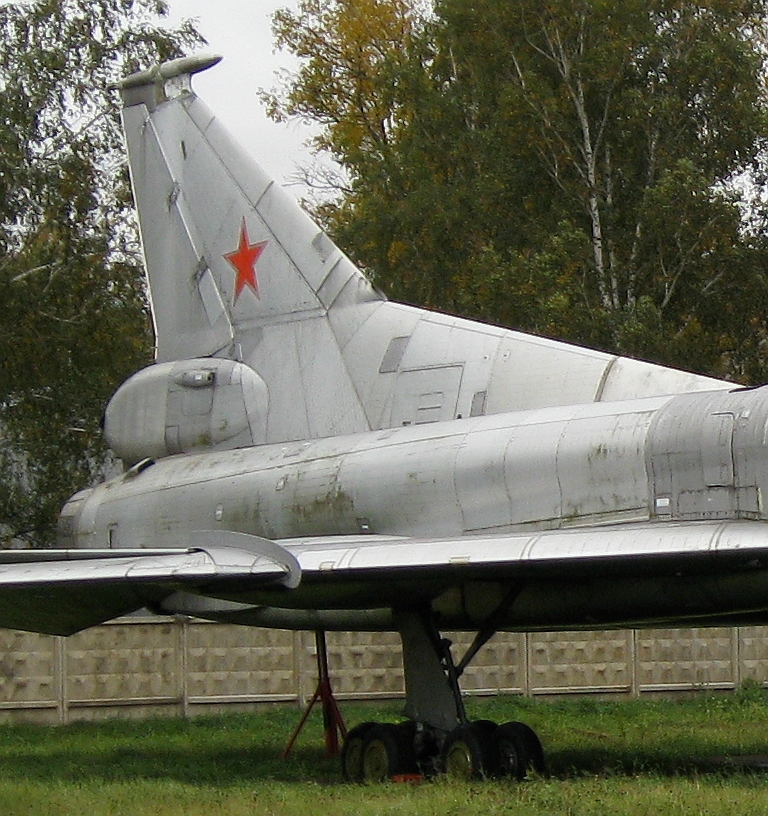 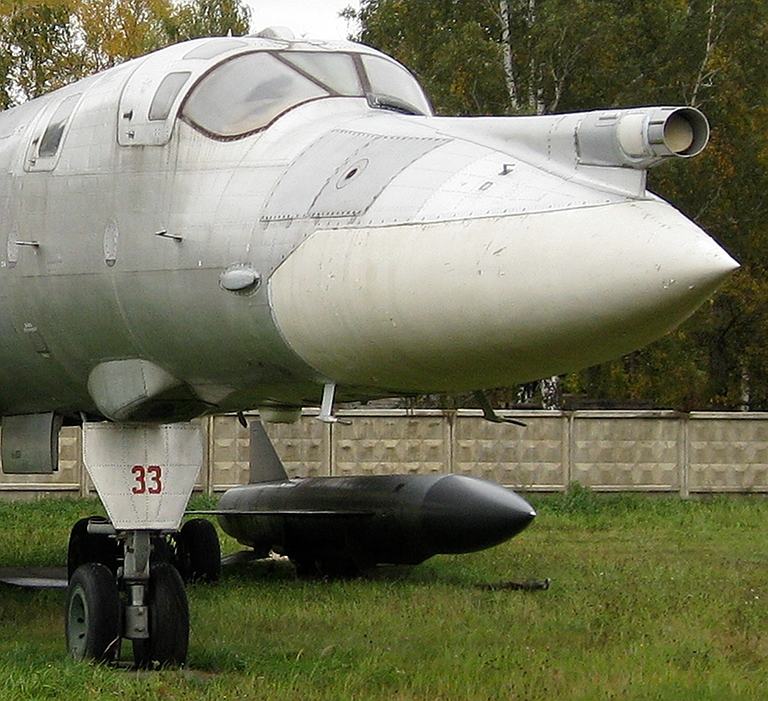 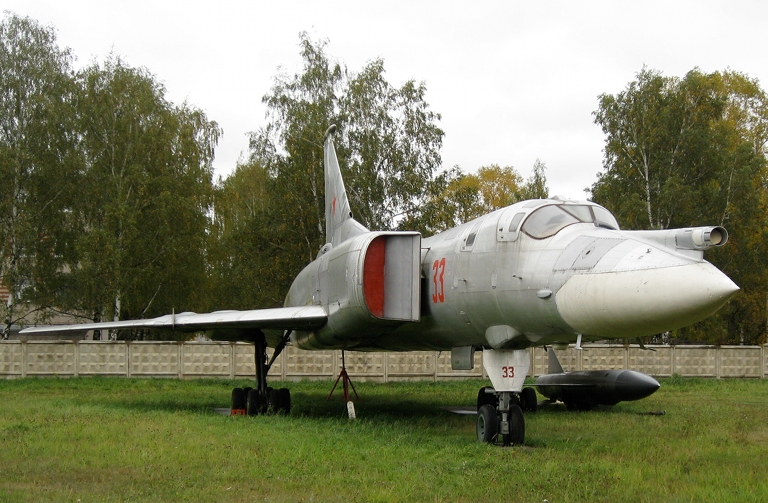 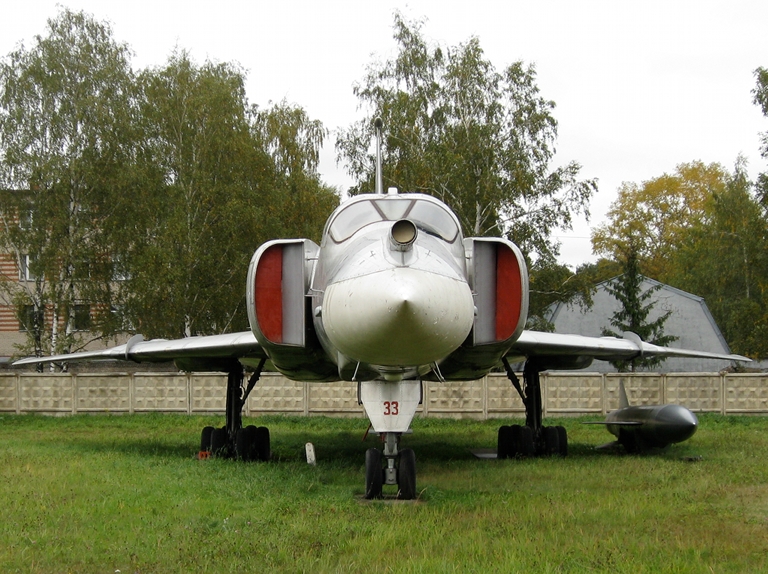 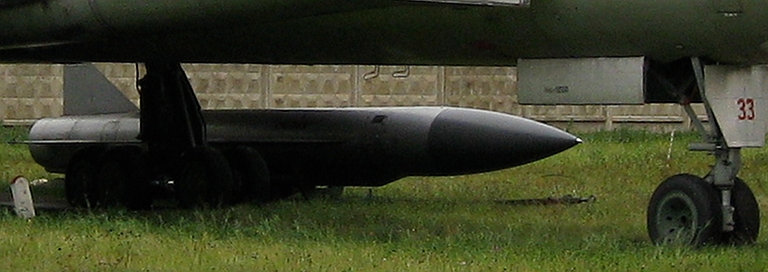 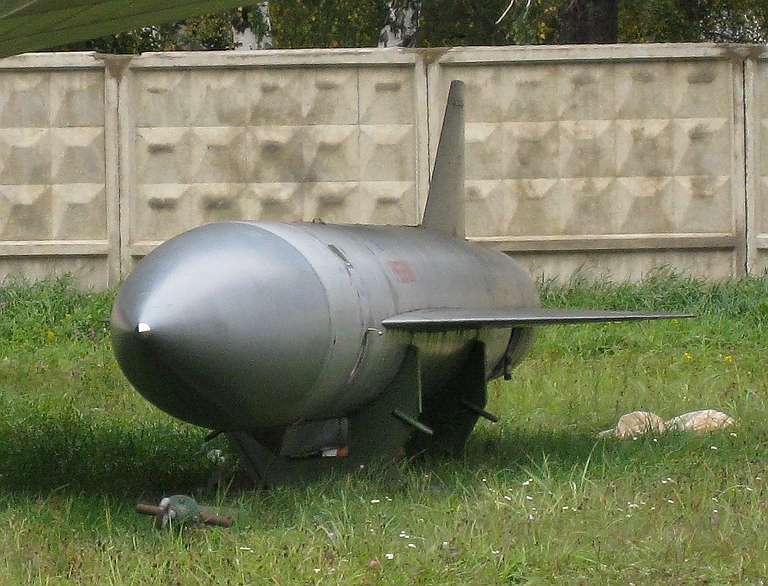 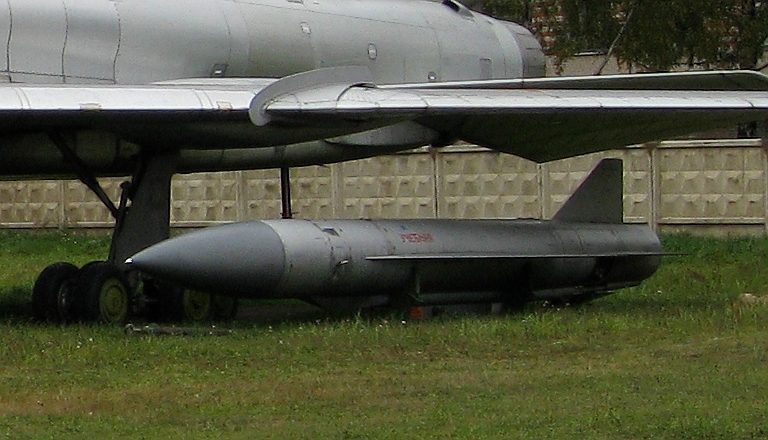 |
|
Tupolev Tu-22 Blinder A Deployed during the early 1960s, the
Blinder was a Soviet supersonic theatre strike aircraft armed
with a single centreline Kh-22 ASCM, or dumb bombs. The Blinder was not
particularly successful and replaced in Soviet regiments by Backfires
from the 1970s. Blinders were exported to numerous Soviet clients,
especially in the Middle East. more successful were numerous electronic
warfare variants.
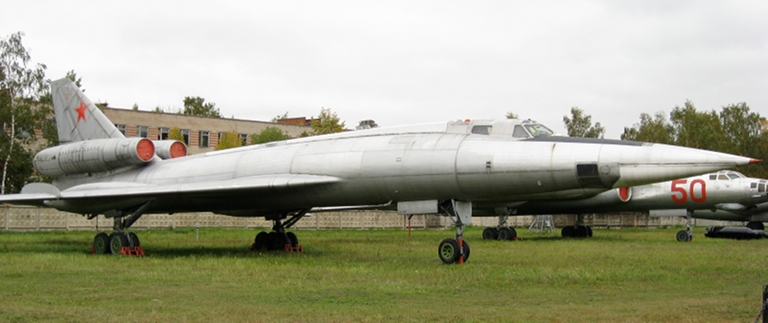
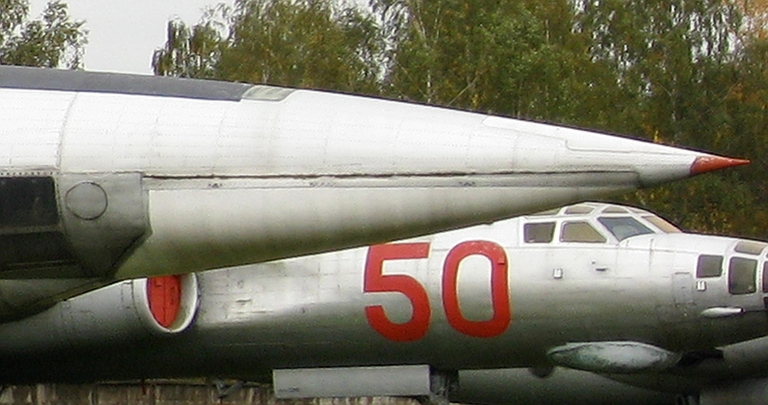
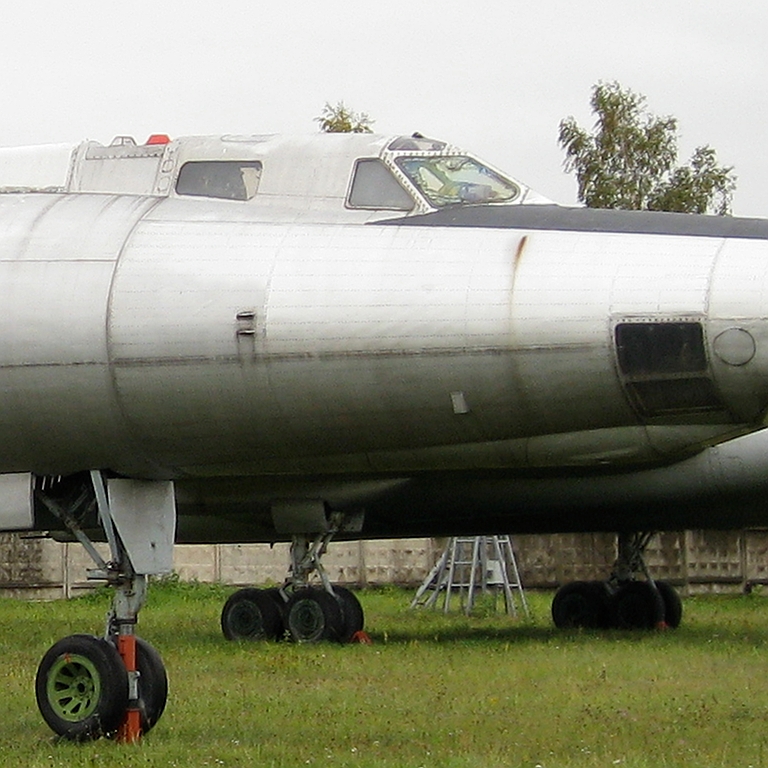
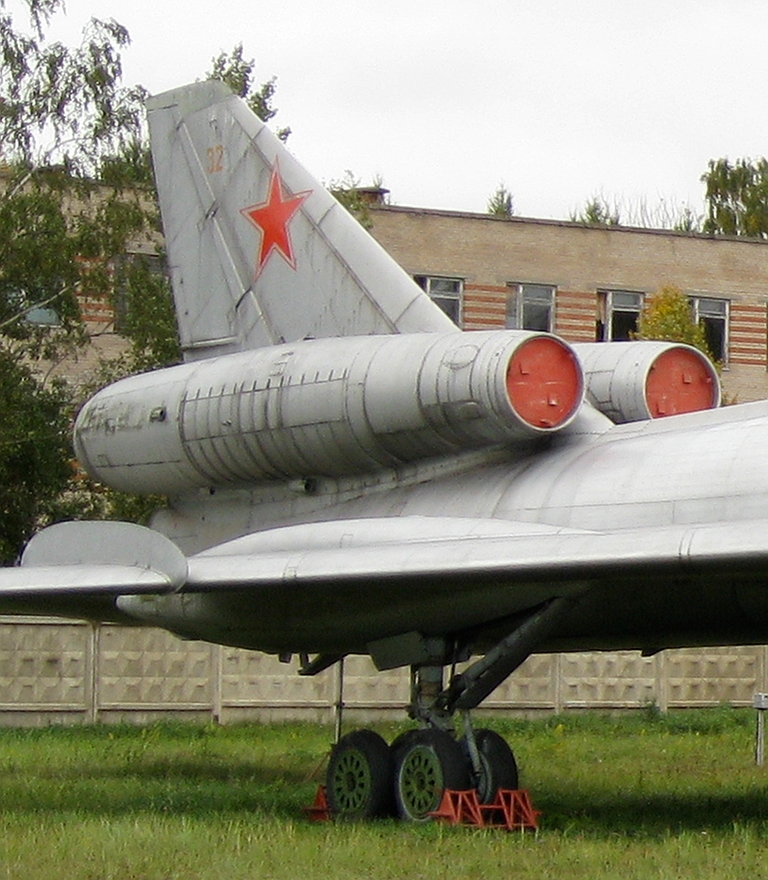 |
|
Tupolev Tu-16 Badger A The Badger A was the first mass
produced variant of the Badger, armed with free fall conventional or
nuclear weapons. Built in large numbers, many were later rebuilt into
cruise missile carriers, or electronic combat platforms. This variant
was also the basis of the cloned Chinese Xian H-6 Badger.
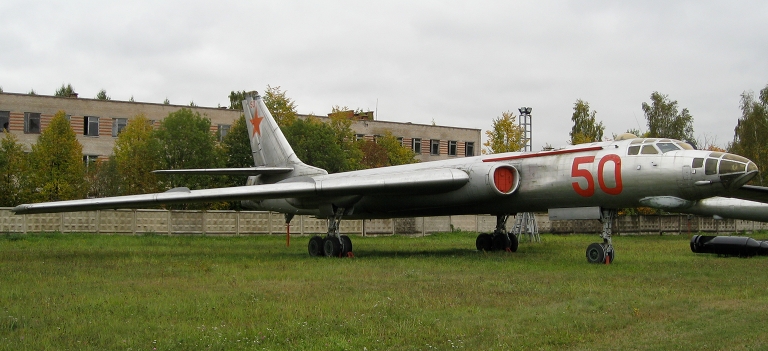 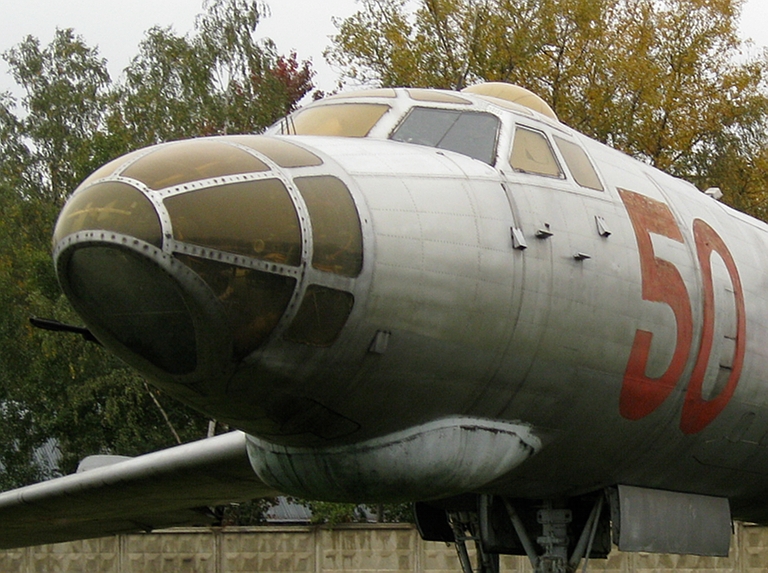
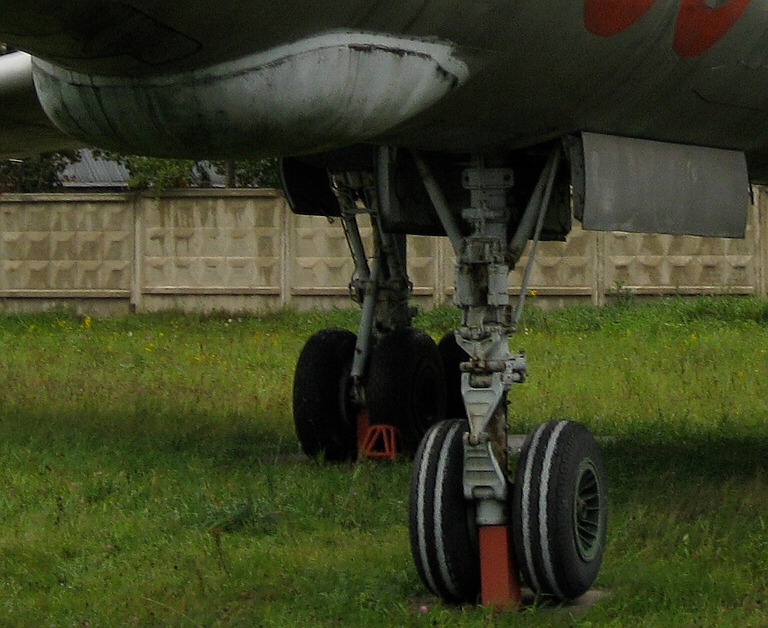
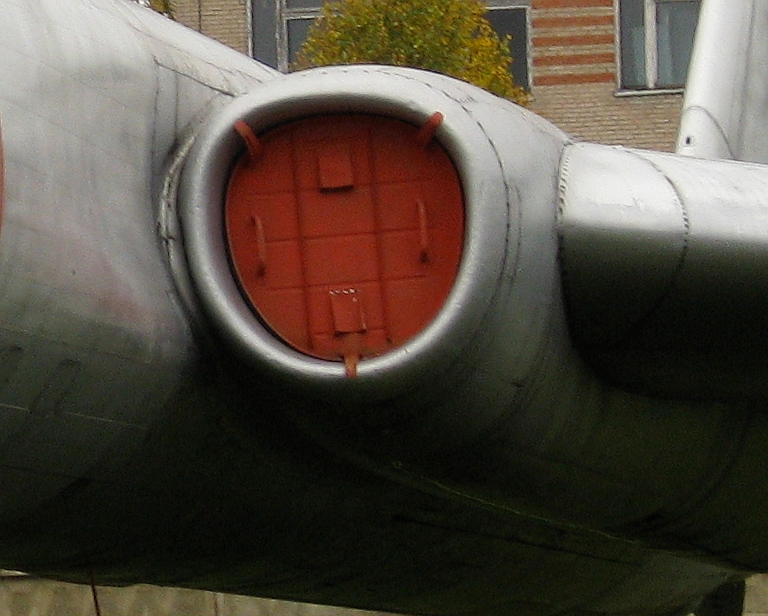
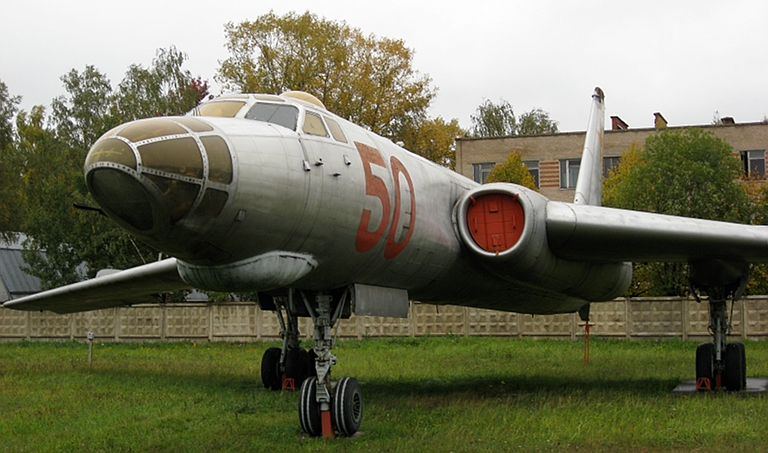
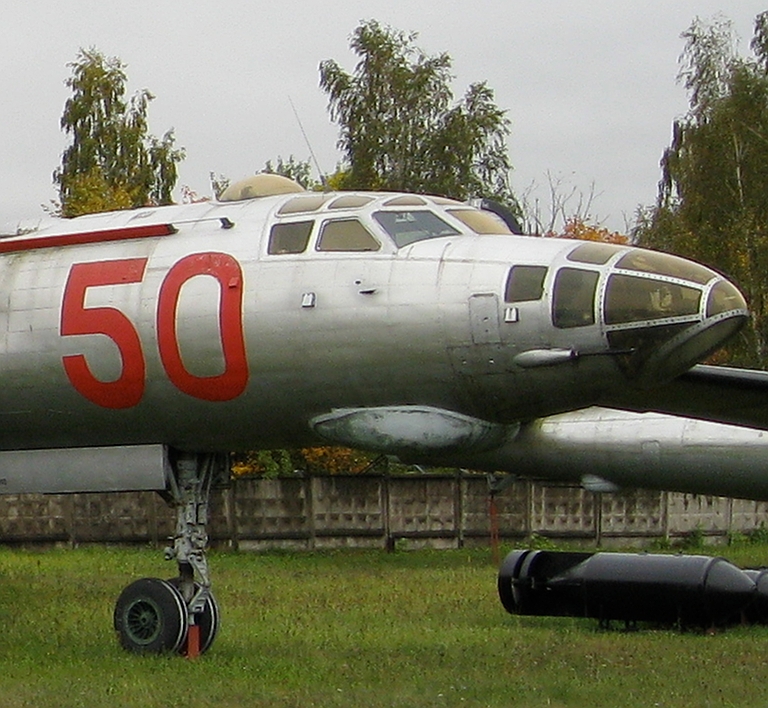
|
|
Tupolev Tu-16K-26 Badger G The Badger G was an anti-shipping
strike variant, built to attack NATO convoys and CVBGs in the North
Atlantic and Pacific. Initially armed with variants of the Kelt, these
were supplanted with the very potent KSR-5 / AS-6 Kingfish, a scaled
down Kh-22 / AS-4 Kitchen derivative. Some aircraft such as the
exhibited example were fitted with the Ritsa RHAW system to target
anti-radiation homing variants of the Kingfish ASCM. Note the
dual baseline interferometer array in the inverted T arrangement.
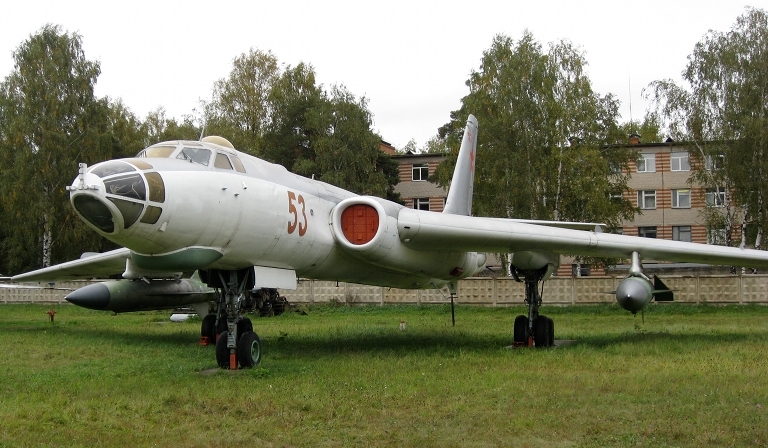 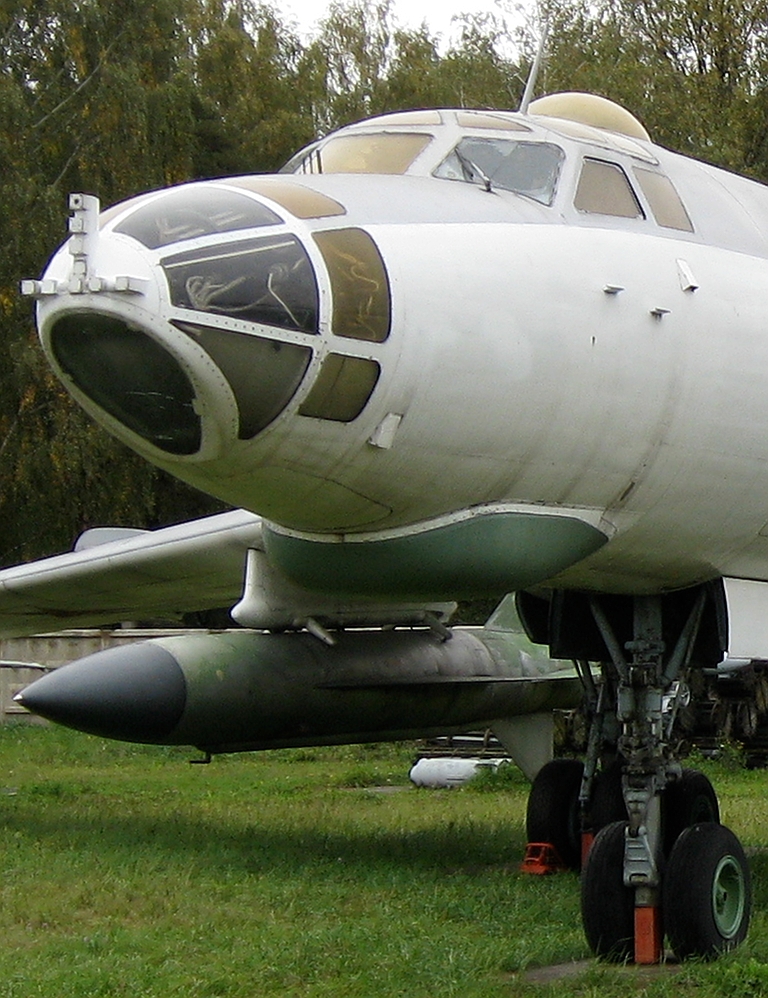 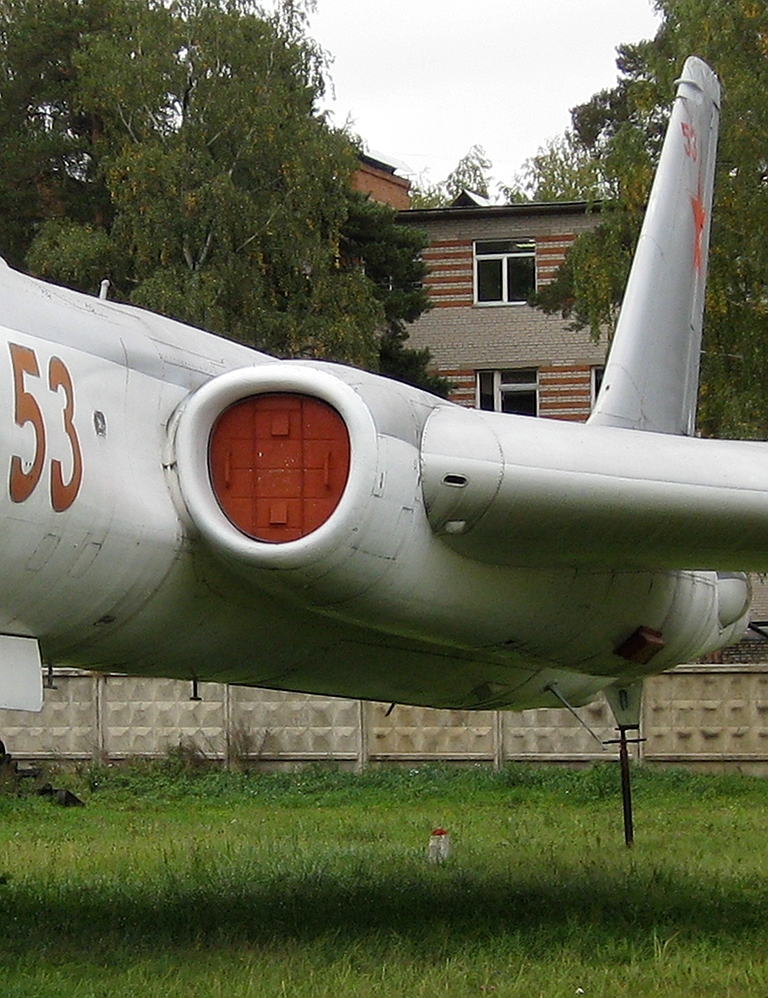 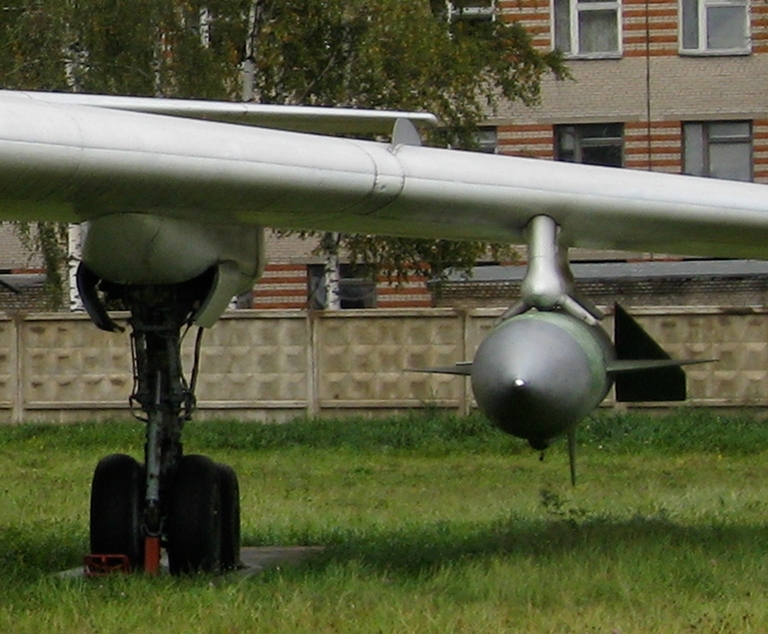 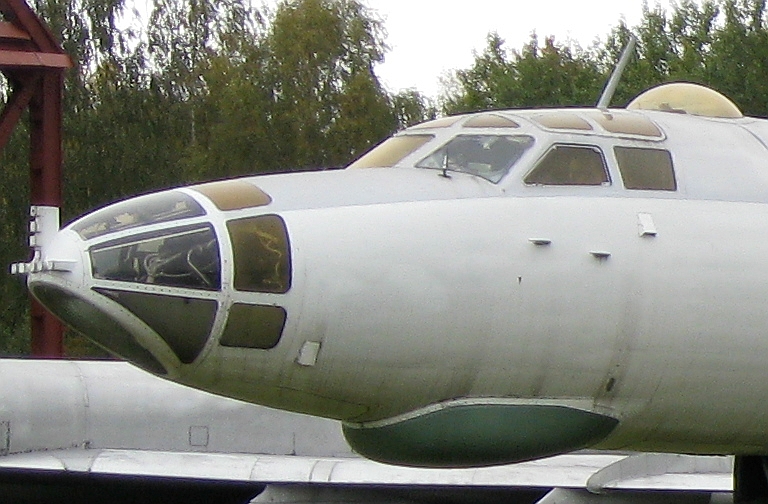 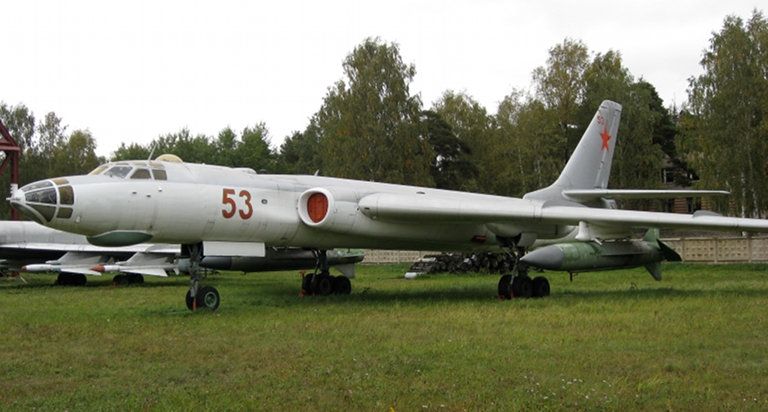 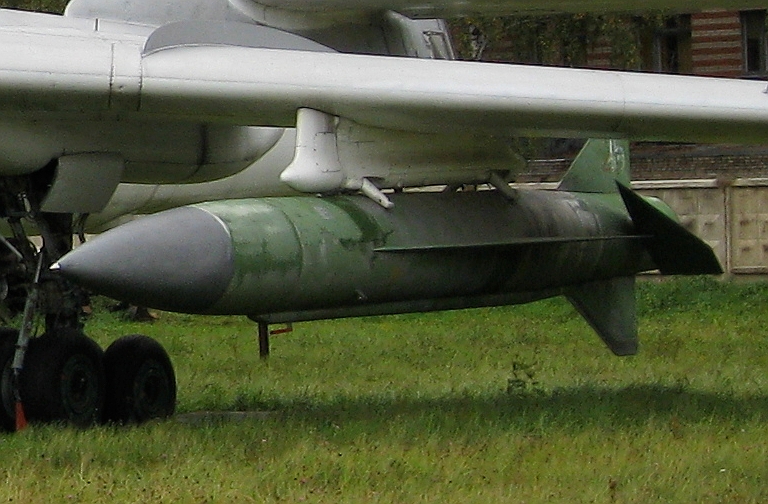 |
|
Tupolev Tu-4 Bull The Tu-4 Bull was a literally cloned
B-29 Superfortress, even down to manufacturing defects and fixes on the
original samples. The most notable difference was the replacement of
the .50 cal barbette guns with Soviet 23 mm cannon. The much longer
barrels of the Russian guns are prominent.
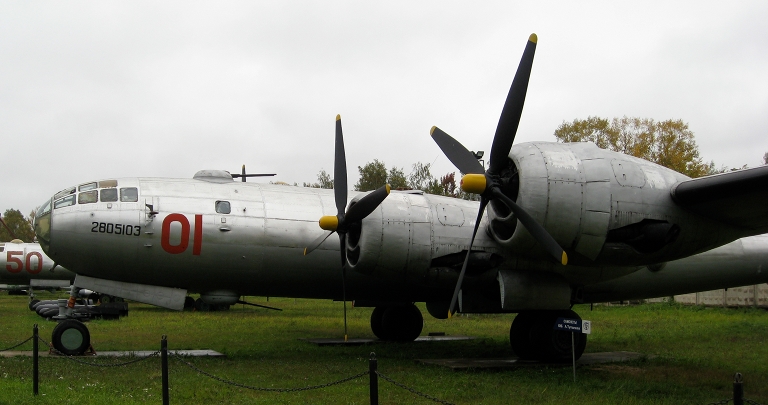 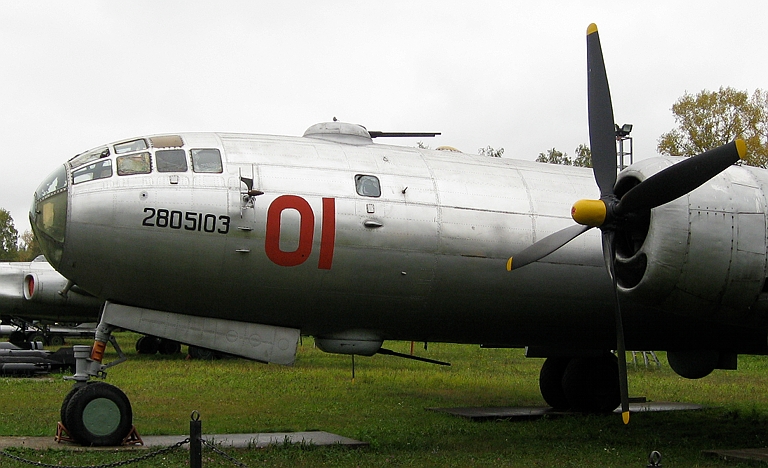 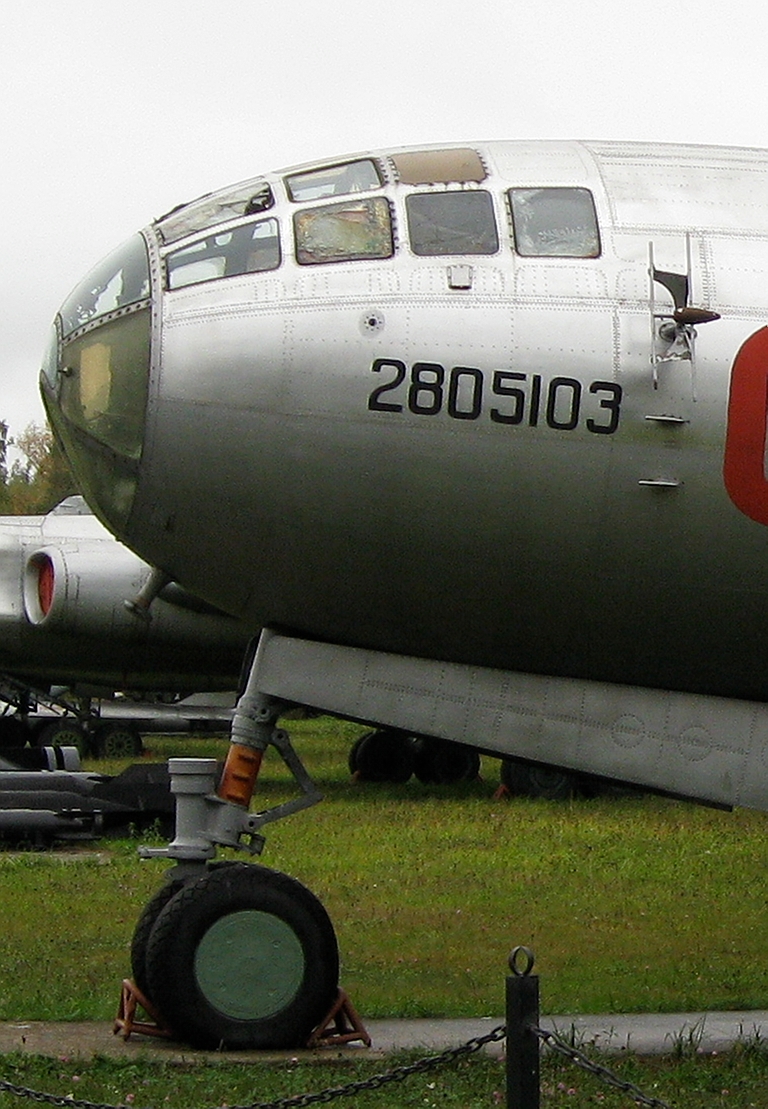 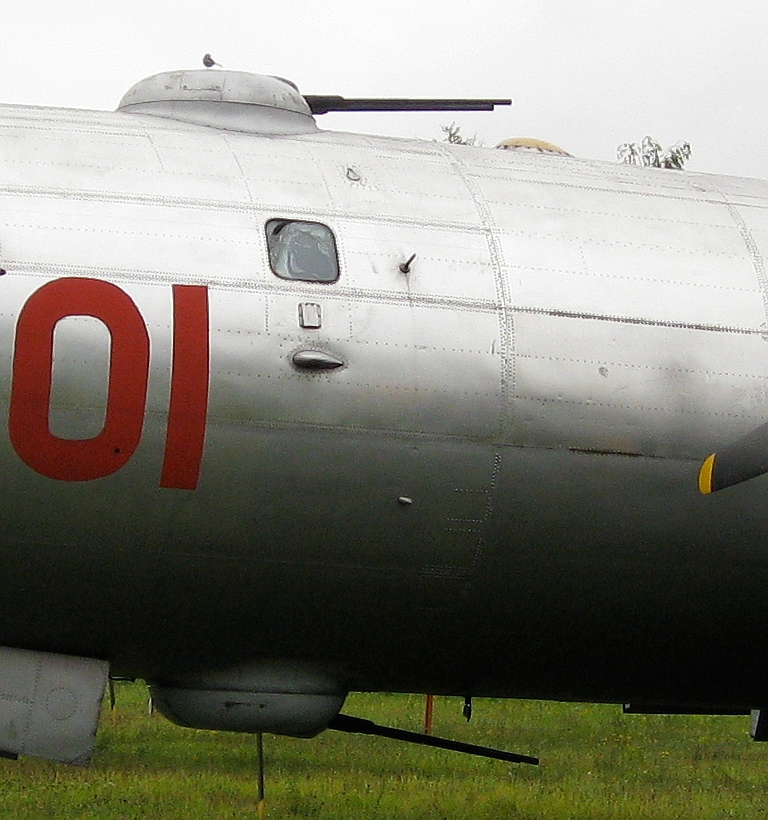 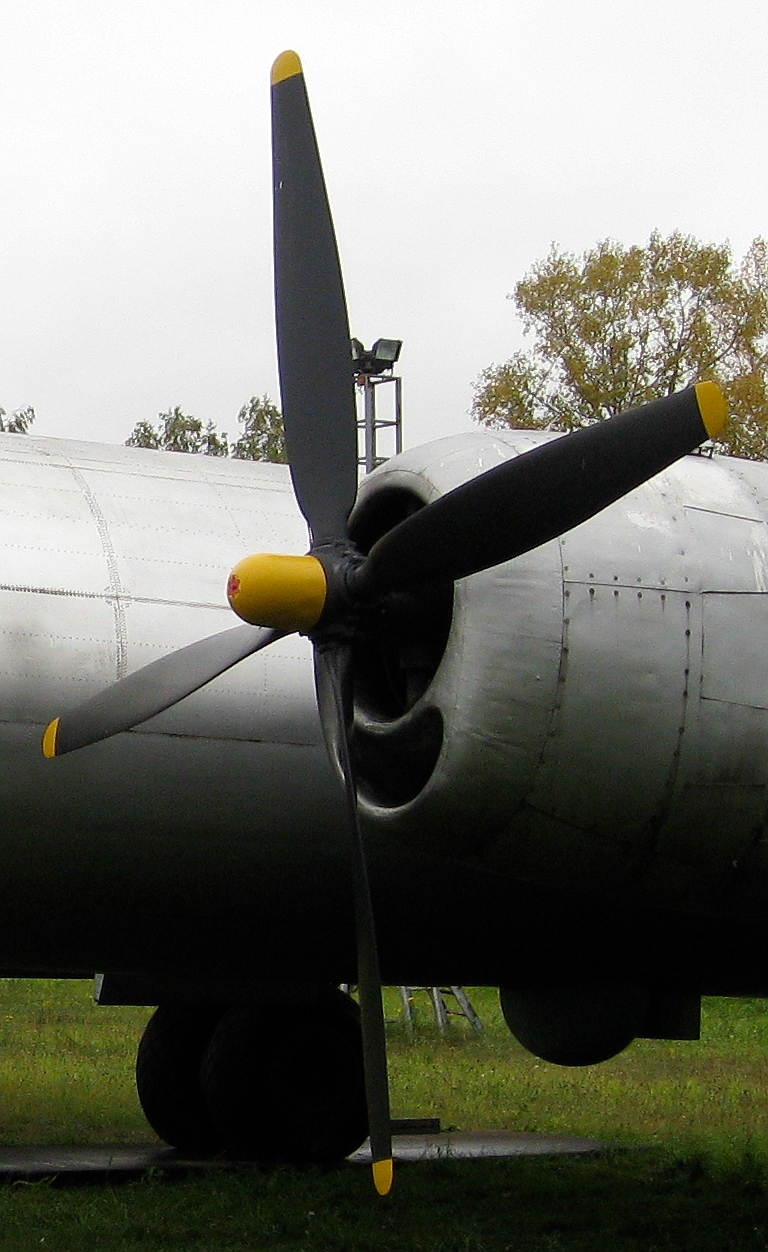 |
|
Ilyushin Il-28 Beagle A The Beagle was a Soviet analogue to
the US A-3/B-66 and British Canberra, but designed very differently. It
was widely exported during the 1950s and 1960s, and also cloned by the
Chinese as the H-5 Beagle, in China in remains in use as a trainer.
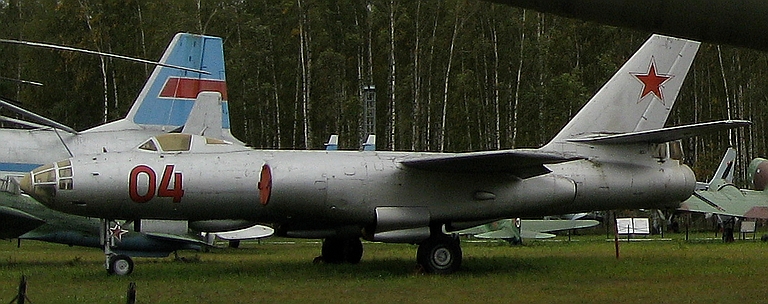 |
|
Myasishchev M-50 Bounder The M-50 Bounder was an unsuccessful
attempt to develop a long range supersonic strategic bomber. Only a
modest number were built and the design produced no impact other than
to intimidate Western observers during early 1960s military parades.
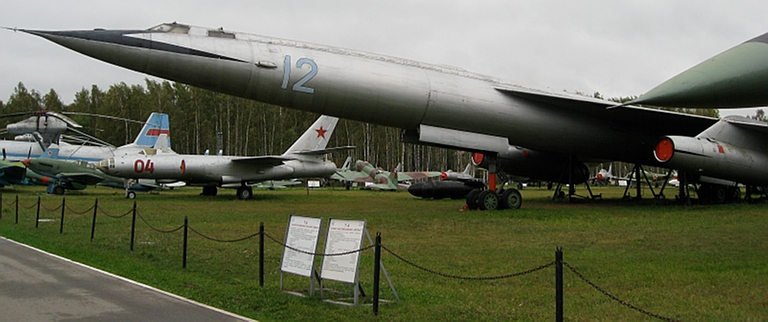 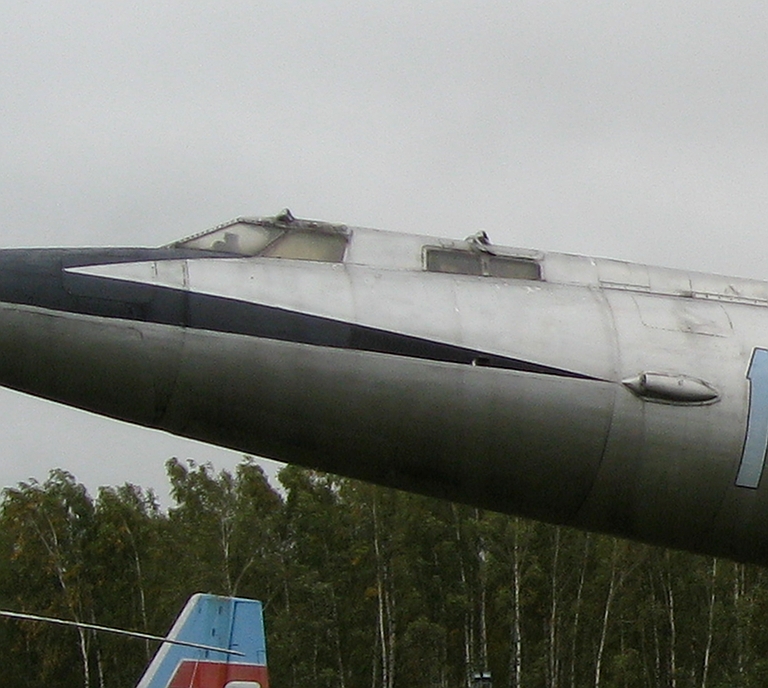 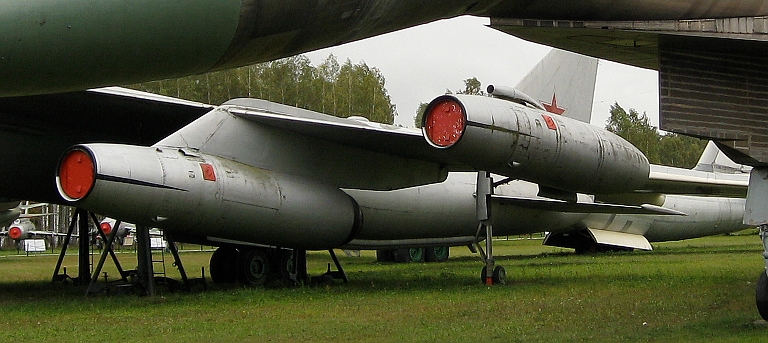 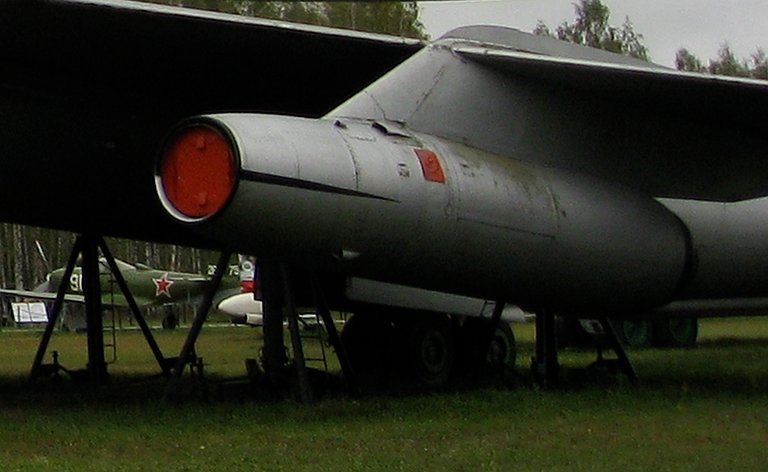 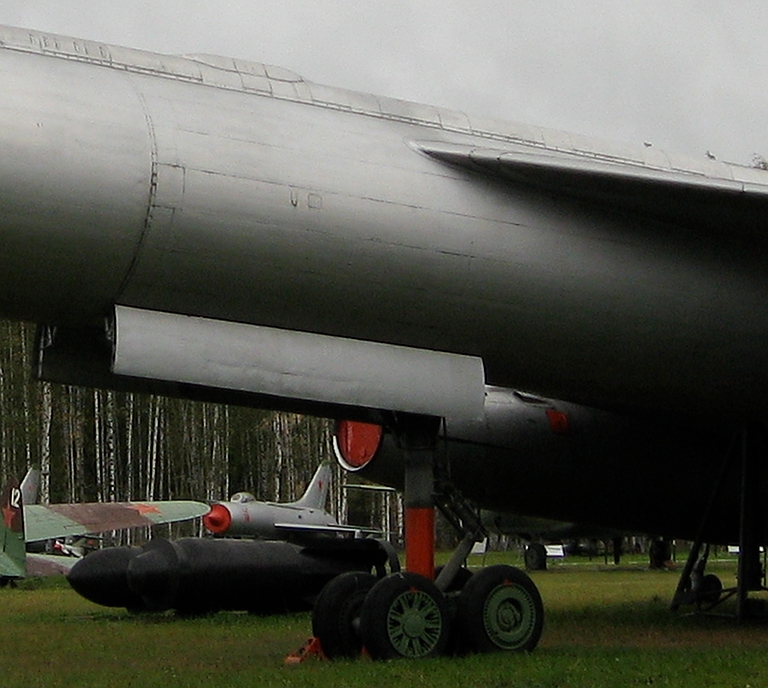 |
|
Sukhoi T-4-1 Strategic Bomber Prototype The T-4 was developed as a Mach 3
penetrating cruise missile carrier, intended for theatre and
anti-shipping strikes, and ISR roles. The program was cancelled during
the early 1970s. Built from stainless steel and titanium, the aircraft
was strongly influenced by the cancelled XB-70 Valkyrie.
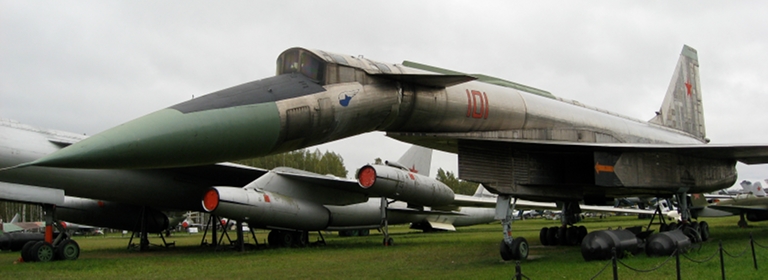 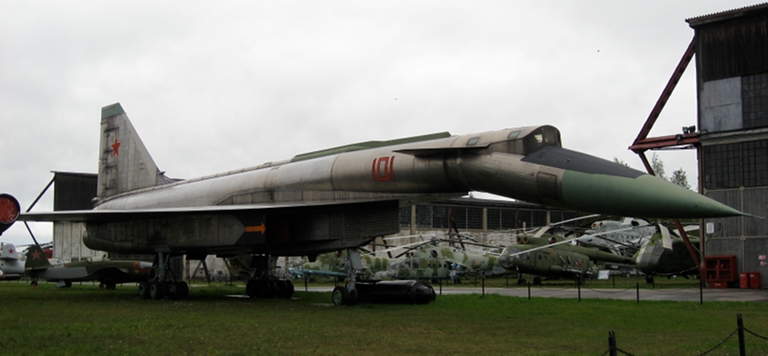 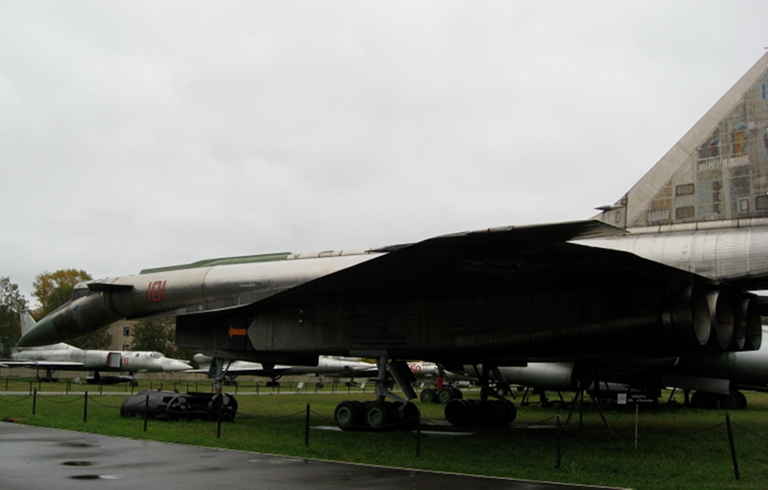 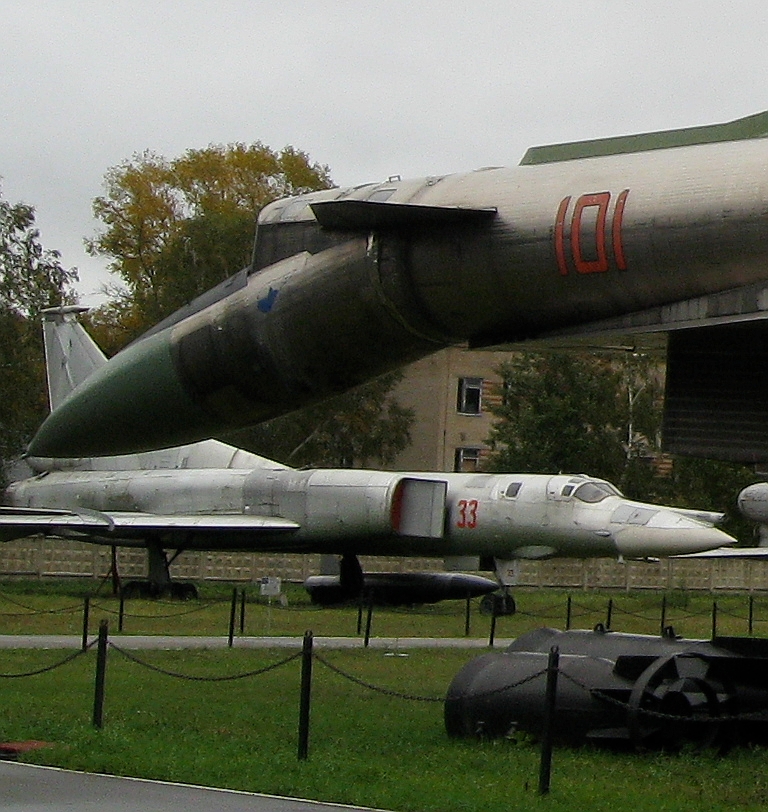
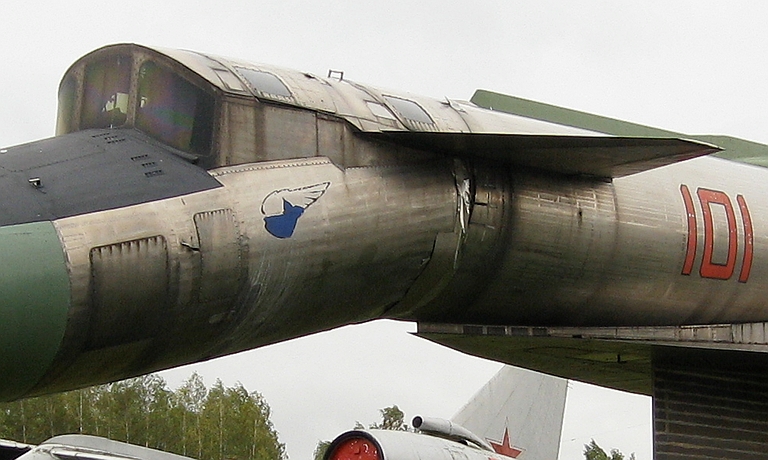
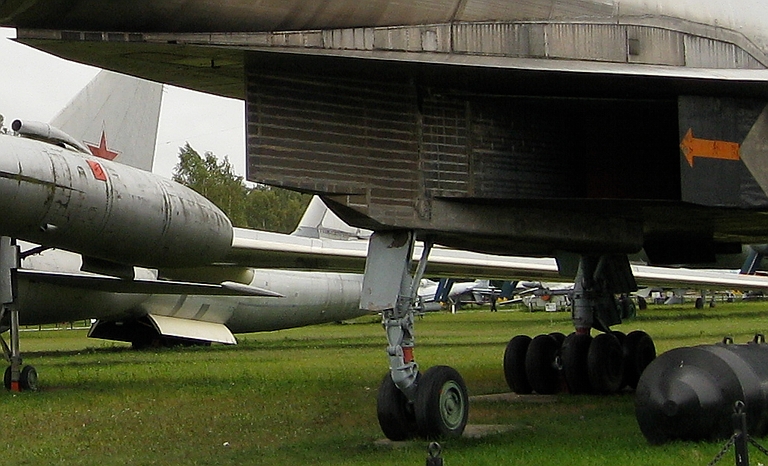
|
| Early Soviet Bomber Aircraft |
|
Ilyushin DB-3 An aircraft not well known in the
West is the Ilyushin DB-3, in later variants labelled the Il-4. The
aircraft was a medium bomber, but built for long range. The Soviets
claimed to have raided Berlin with this aircraft.
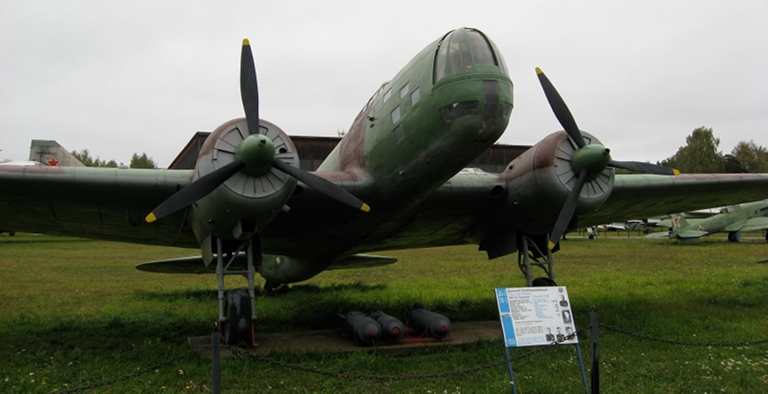 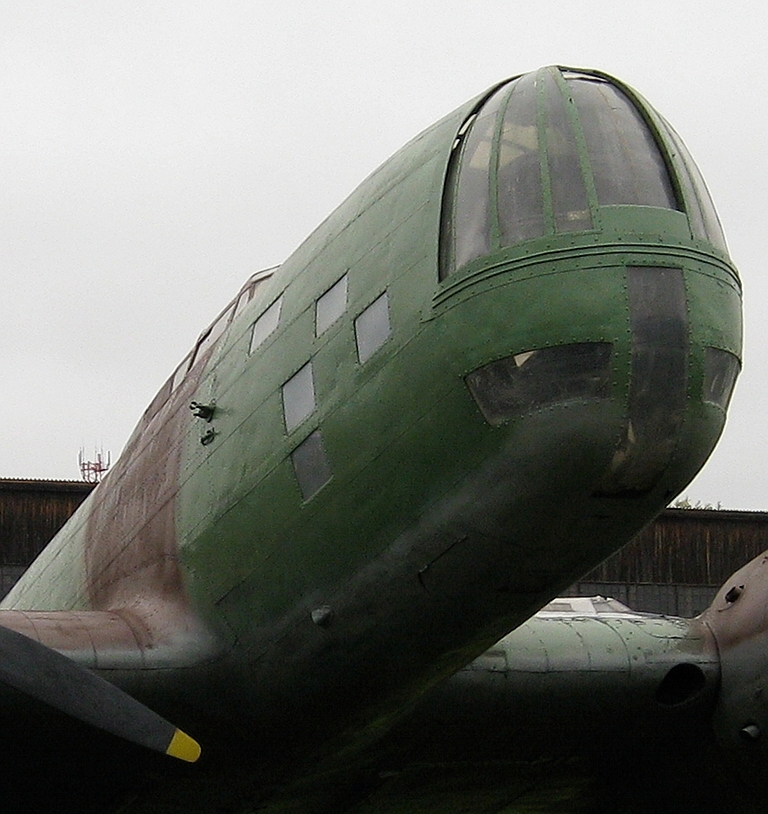 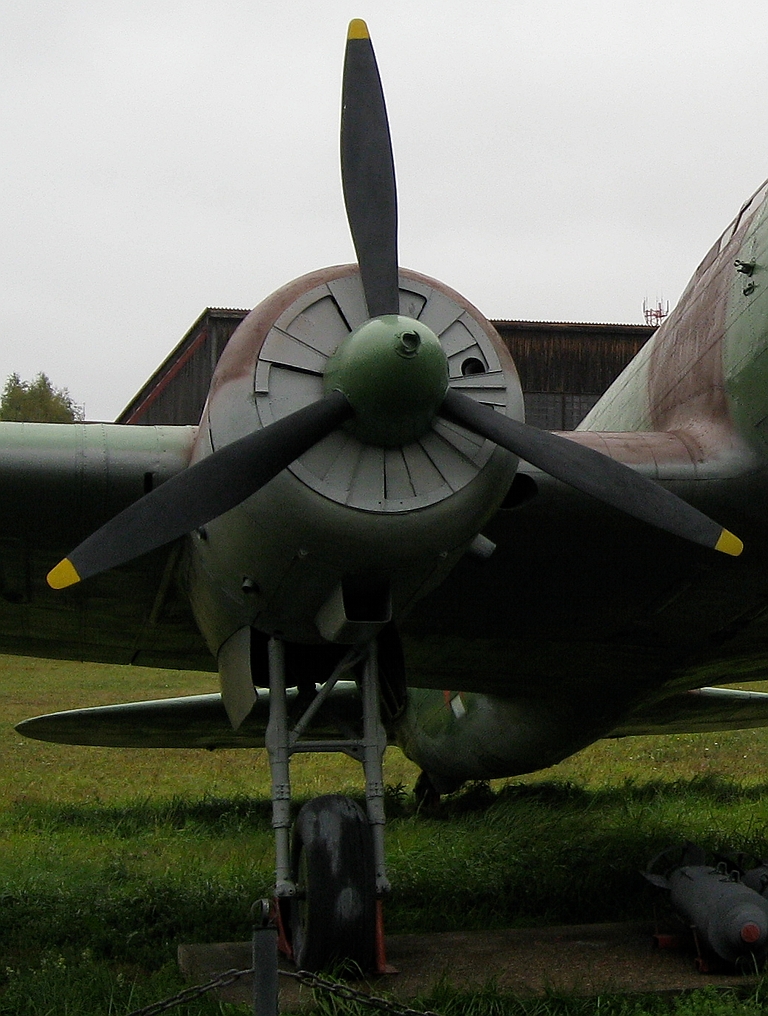 |
|
Tupolev Tu-2S Bat The Tu-2 Bat was built in respectable
numbers during WW2 as a Soviet analogue to the German Ju-88 series. It
remained in use during the 1950s and was employed in small numbers
during the Korean War.
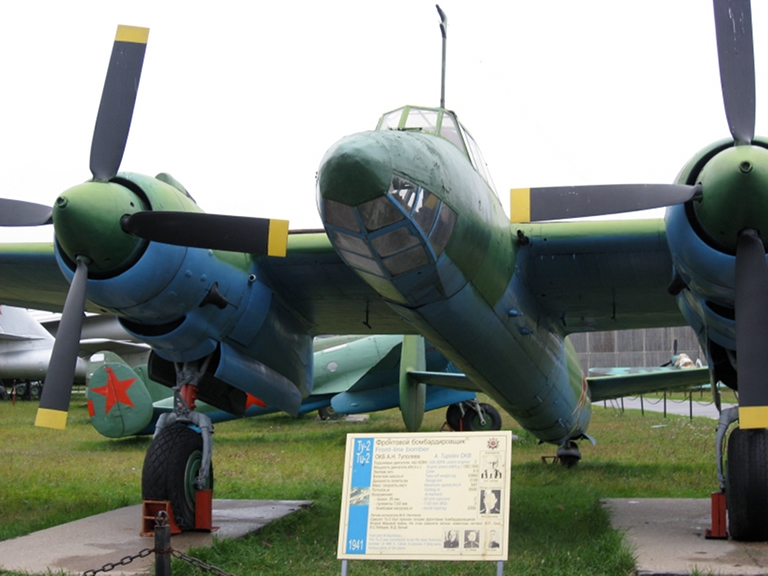 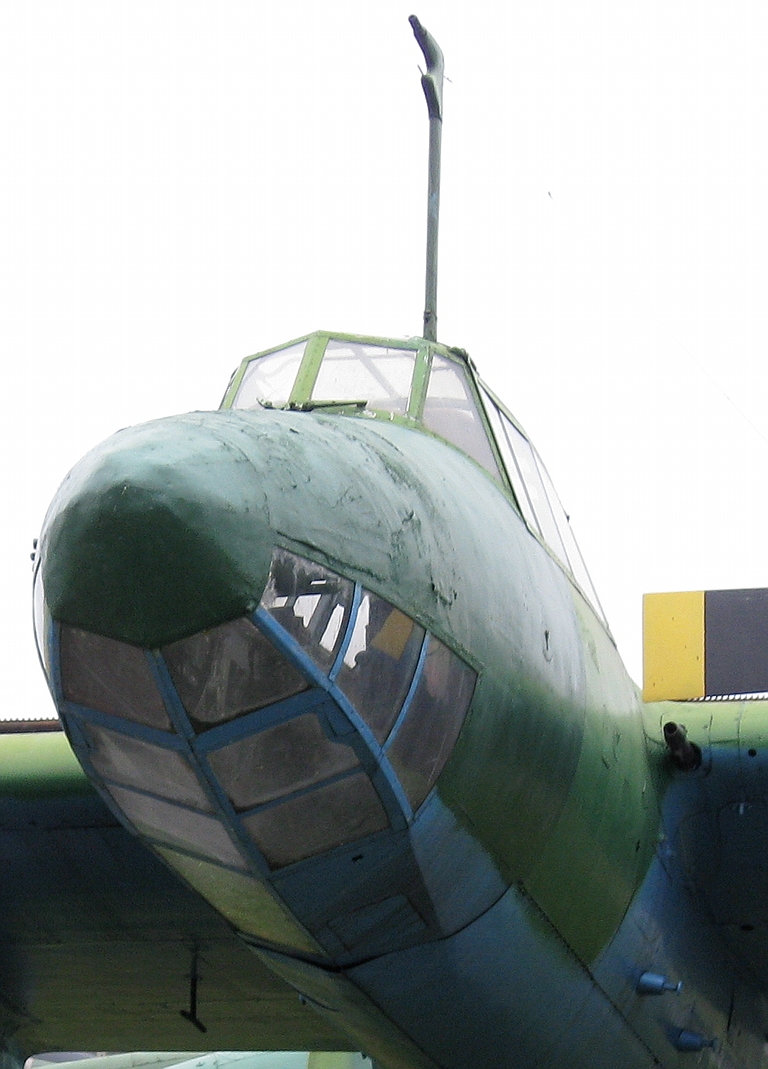 |
|
Tupolev ANT-40 SB The Tupolev SB was built before WW2
and exported by the Soviets to a number of clients and allies. The
aircraft suffered heavy attrition during early WW2 when penetrating
Luftwaffe air defences.
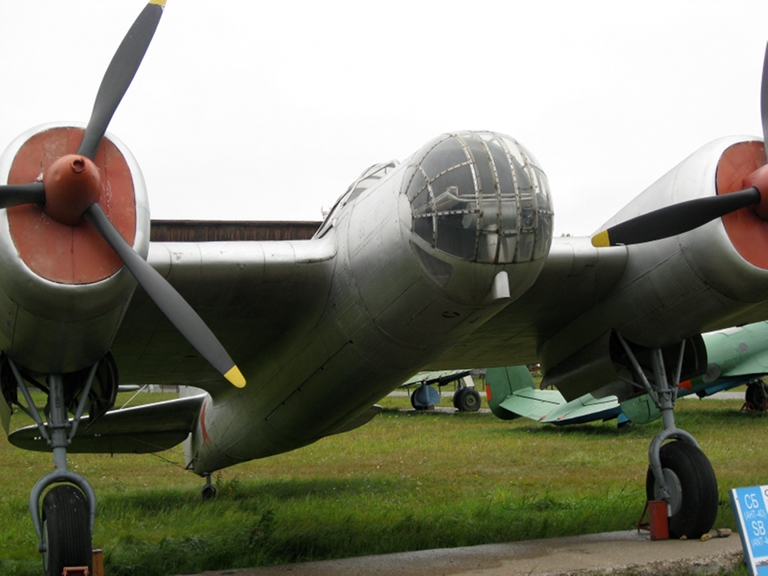 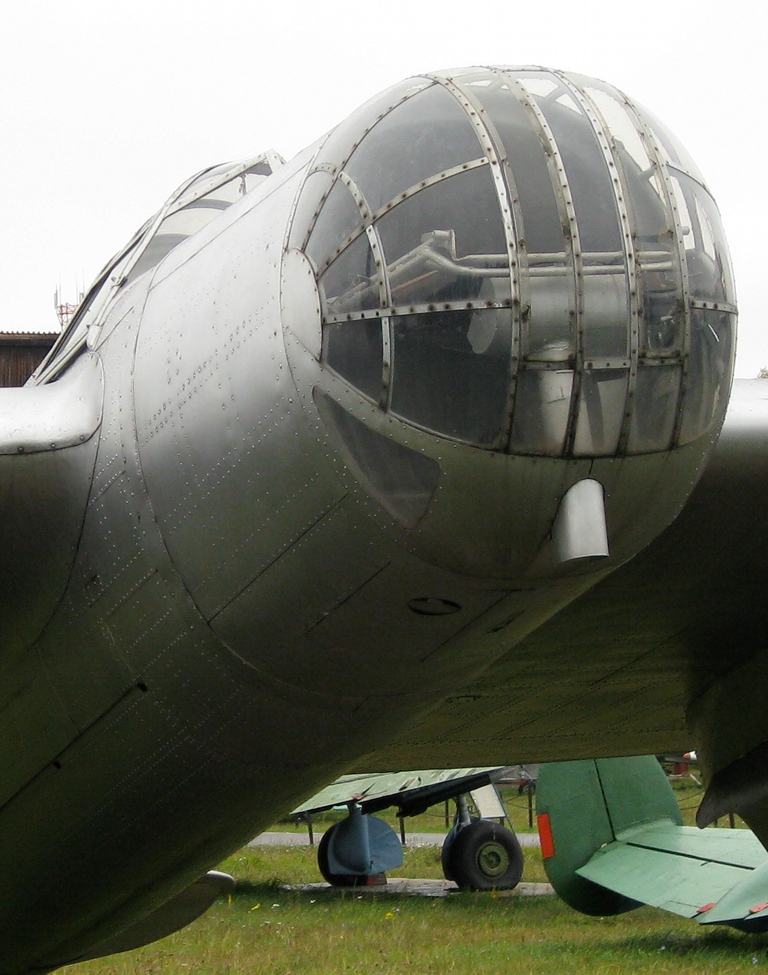 |
 |
|
|
|
Imagery Sources: © 2007 - 2010 Paul Cropper |
|
|||||||||||||
![Sukhoi PAK-FA and Flanker Index Page [Click for more ...]](APA/flanker.png) |
![F-35 Joint Strike Fighter Index Page [Click for more ...]](APA/jsf.png) |
![Weapons Technology Index Page [Click for more ...]](APA/weps.png) |
![News and Media Related Material Index Page [Click for more ...]](APA/media.png) |
||||||||||
![Surface to Air Missile Systems / Integrated Air Defence Systems Index Page [Click for more ...]](APA/sams-iads.png) |
![Ballistic Missiles and Missile Defence Page [Click for more ...]](APA/msls-bmd.png) |
![Air Power and National Military Strategy Index Page [Click for more ...]](APA/strategy.png) |
![Military Aviation Historical Topics Index Page [Click for more ...]](APA/history.png)
|
![Information Warfare / Operations and Electronic Warfare Index Page [Click for more ...]](APA/iw.png) |
![Systems and Basic Technology Index Page [Click for more ...]](APA/technology.png) |
![Related Links Index Page [Click for more ...]](APA/links.png) |
|||||||
![Homepage of Australia's First Online Journal Covering Air Power Issues (ISSN 1832-2433) [Click for more ...]](APA/apa-analyses.png) |
|||||||||||||
| Artwork, graphic design, layout and text © 2004 - 2014 Carlo Kopp; Text © 2004 - 2014 Peter Goon; All rights reserved. Recommended browsers. Contact webmaster. Site navigation hints. Current hot topics. | |||||||||||||
|
Site Update
Status:
$Revision: 1.753 $
Site History: Notices
and
Updates / NLA Pandora Archive
|
|||||||||||||
|
|
Tweet | Follow @APA_Updates | |||||||||||
|
|
|||||||||||||
|
|
|||||||||||||
![F-111 Aardvark Index Page [Click for more ...]](APA/f-111.png)
![F/A-18 Hornet and Super Hornet Index Page [Click for more ...]](APA/fa-18a.png)
![Aerial Refuelling and Airlift Capabilities Index Page [Click for more ...]](APA/aar-lift.png)
![Directed Energy Weapons and Electromagnetic Bombs Index Page [Click for more ...]](APA/dew.png)
![Notices and Updates Index Page [Click for more ...]](APA/notices-128.png)
![APA NOTAM and Media Release Index Page [Click for more ...]](APA/notams-128.png)
![APA Research Activities and Policy / Technical Reports Index [Click for more ...]](APA/research-128.png)
![Search Air Power Australia Website [Click for more ...]](APA/search-128.png)
![Briefings and Submissions - Air Power Australia [Click for more ...]](APA/briefs-128.png)
![Air Power Australia Contacts [Click for more ...]](APA/contacts-128.png)
![Funding Air Power Australia [Click for more ...]](APA/funding-258.png)